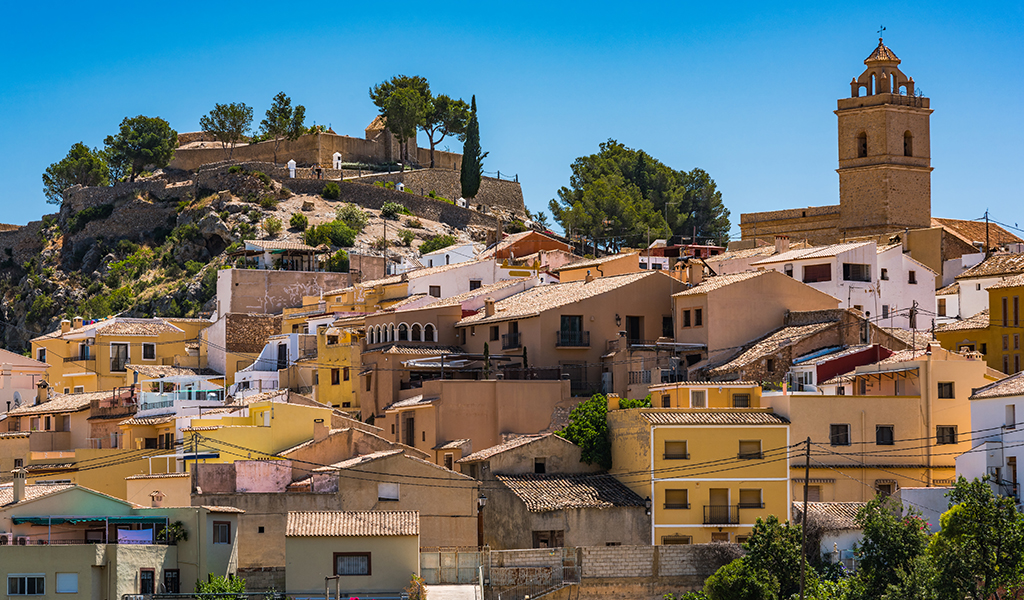All the information you need to plan the trip to Spain you'll love
Travel Spain
Spain is a country of proud history and vibrant culture, stunning mountainous and coastline landscapes, bustling cities and hundreds of charming towns and villages.
Best known for producing some of the world’s best artists, extraordinary Islamic architecture, the Roman ruins scattered around the country and so much more, it’s no wonder Spain attracted 81.8 million tourists in 2017 (second only to France with 86.9 million), according to UNWTO, the World Tourism Organization.
If that wasn’t enough, you’ll marvel at the coastline snaking along the country’s picturesque beaches and stand in wonder in the monumental cathedrals – tributes to the Catholicism and spirituality the country’s inhabitants hold dear. Of course, there’s also the diverse nightlife, notes Lonely Planet in its comprehensive guide to everything Spain.
While Spain is another destination known for being a challenge to travel on a budget, we’ve got some tips to help you save some euros.
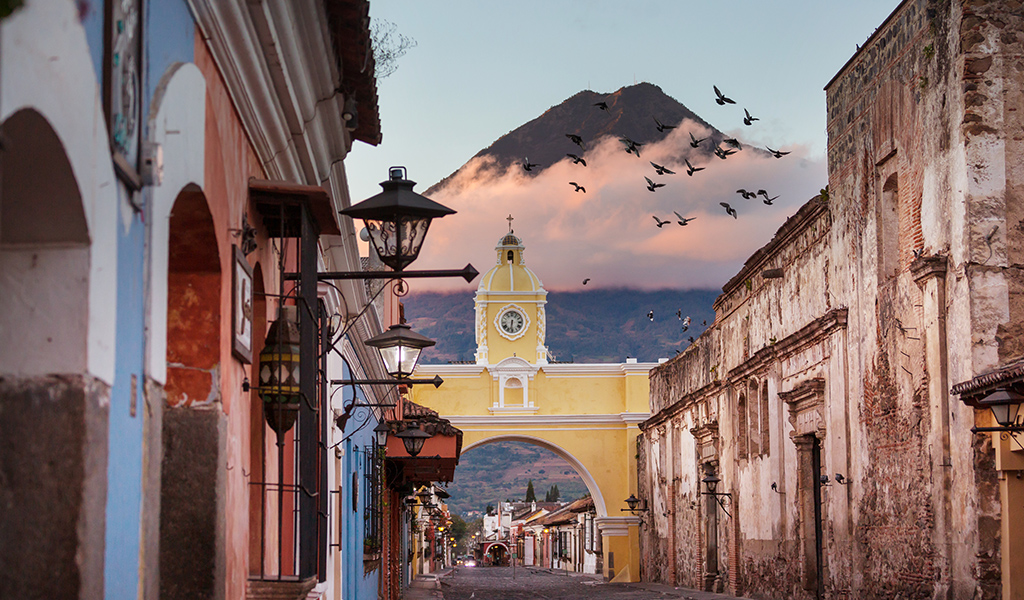
Geography, population and more
Spain is located in Southwestern Europe and occupies most of the Iberian Peninsula. 46.7 million people live in Europe’s third largest country, which is dotted with mountain ranges, including the Meseta Plateau that slopes down into neighbouring Portugal, the Cordillera Betica, Sierra Nevada and many more.
Along the coast, you’ll find countless bays and coves, most with sandy beaches. The Bay of Biscay is to the northwest, sporting rugged cliffs on the coastline. The Strait of Gibraltar separates Spain and Europe from Morocco (Africa).
Currency and budget
Spain uses euros (TripSavvy notes that Spain has used the euro since 2002, when it replaced the old peseta.)
As with many destinations, your costs can easily balloon if you’re travelling to popular cities like Barcelona and Madrid, but considering smaller locations like Seville, Valencia or rural communities is a good way to keep expenses in line, says travel blogger Nomadic Matt, who broke down a suggested daily budget for backpackers, mid-range and luxury travelers. While backpackers can expect to pay 50 to 60 EUR (about $76 to $91 CDN) per day for a hostel bed, cash to pick up food to cook their own meals (or having a few cheap meals out), entertainment, admission to some attractions and local transportation, a mid-range budget can run about twice that amount.
For 85 to 115 EUR a day (about $129 to $175 CDN), you could get a private room at a hostel or budget hotel, eat out frequently, take high speed trains and have enough left over for nights out, activities and even private tours.
Budget Your Trip, which publishes average travel costs for thousands of cities around the world, has budget breakdowns for trips of different time frames and expenses, including accommodation, transportation, tips and more. Young Adventuress dives deep with a budget breakdown for 30+ Spanish cities.
Tip: The easiest way to get euros in Spain is to use an ATM, which are more convenient than traveler’s checks and offer a better exchange rate than a bureau de change. Opt to be charged in euros and take out as much as you’ll need for a few days. – TripSavvy
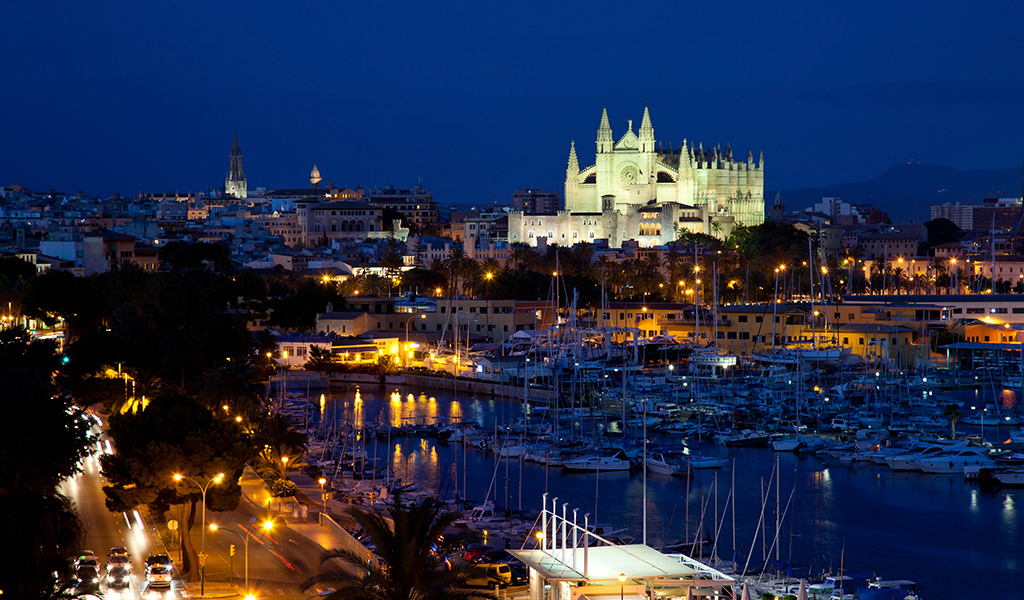
When to go
Spain is a vibrant place to visit year-round, but if you’re hoping to keep costs down you’ll want to go during the spring (March to May) or in the fall (September to November), when you’ll encounter fewer crowds, cheaper accommodations and the best beach weather. Expect temps to fall in the 70s to 80s in the spring and in the 60s to 70s during the fall, says TripSavvy.
Where to stay
You’ve got a wide variety of choices when it comes to accommodations in Spain – enough that you can stay away from hotels, which are priced fairly steep, notes Transitions Abroad, a guide to travel, work study and living abroad with purpose. Instead, look into hostales, pensiones, and casas rurales for budget-conscious, comfy places to bunk.
Short-term apartment rentals, camping, and room renting are a few more solid budget choices. If you’re traveling with a family or in a small group, getting yourself a week-long apartment rental may be the way to go (expect to pay about €70 or about $106 CDN a night and up).
Note that some Spanish cities have confronted over-tourism by moving to drastically curb the Airbnb and homeshare listings available. Different restrictions will apply depending on which area of the city the apartments are located – the more central (such as Madrid, Valencia and Mallorca), the more rules.
Still, you can find a range of Airbnb accommodations in Spain for different locations and price ranges.
Tip: Hostales are not hostels. In Spain, hostales are like bed and breakfasts, usually small family-run establishments with shared bathrooms.

Passport and safety issues
Because Spain is a Schengen country, Canadian citizens don’t need a visa to travel here, but watch how long you stay; visa-free travel only applies to stays of up to 90 days in any 180-day period. Stays are cumulative and include visits to any Schengen country (this information can change any time, so always check with Canada’s foreign diplomatic missions and consulates).
If you’re using a regular Canadian passport, it must be valid for at least three months beyond the date you expect to leave the Schengen area. Learn more about passports and visas at travel.gc.ca.
Safety
The perennial warnings to be aware of your surroundings, keep your belongings and baggage close, lock your doors when traveling by car and to avoid unlit areas apply here. The Government of Canada cautions that petty crime such as pickpocketing and purse snatching is common, and most prevalent in larger cities during holidays, festivals and weekends, thieves are especially active in crowded public areas.
Madrid and Barcelona are high-risk cities for thieves. The Government of Canada lists a few locations specifically.
Madrid
- the Puera del Sol area and surrounding streett
- Gran Via
- Plaza Mayor, near the Prado Museum
- the Atocha train station
- Retiro Park
- the subway system
Barcelona
- the airport and on the airport shuttle bus (the Aerobus)
- on Las Ramblas (often in Internet cafes)in Plaza Cataluña, Plaza Reial and surrounding streets of the old city
- on the subway
- Barceloneta beach
- at Sagrada Familia church
- at the Sants train and bus station
Similar to many international destinations, terrorism is also a threat and targets could include public areas, tourist attractions, restaurants, shopping centres, markets, hotels, airports and other transportation hubs. Always stay aware of your surroundings and watch for warnings on the Government of Spain’s public alert system.

Flights and transportation
Flying into Spain, you’re likely to land in one of the country’s busiest airports:
- Adolfo Suárez Madrid-Barajas – Madrid
- Barcelona El Prat Airport – Barcelona
- Palma de Mallorca Airport – Palma de Mallorca
- Málaga-Costa Del Sol Airport – Málaga
- Alicante-Elche Airport – Alicante
Don’t wait to get a last-minute deal if you’re looking to save on flights – book months in advance, especially if using a budget airline, advises TripSavvy. Budget airlines may only cater to European countries, but you can still find a cheap flight to Europe and take a budget airline from there – just beware of extra costs. Flying transatlantic? Find the best prices about three months before you visit.
Madrid and Barcelona are your best options for connections as they’re both well-served by national and discount airlines, including Iberia and Air Europa. They offer daily flights to almost every corner of the country, says SmarterTravel.
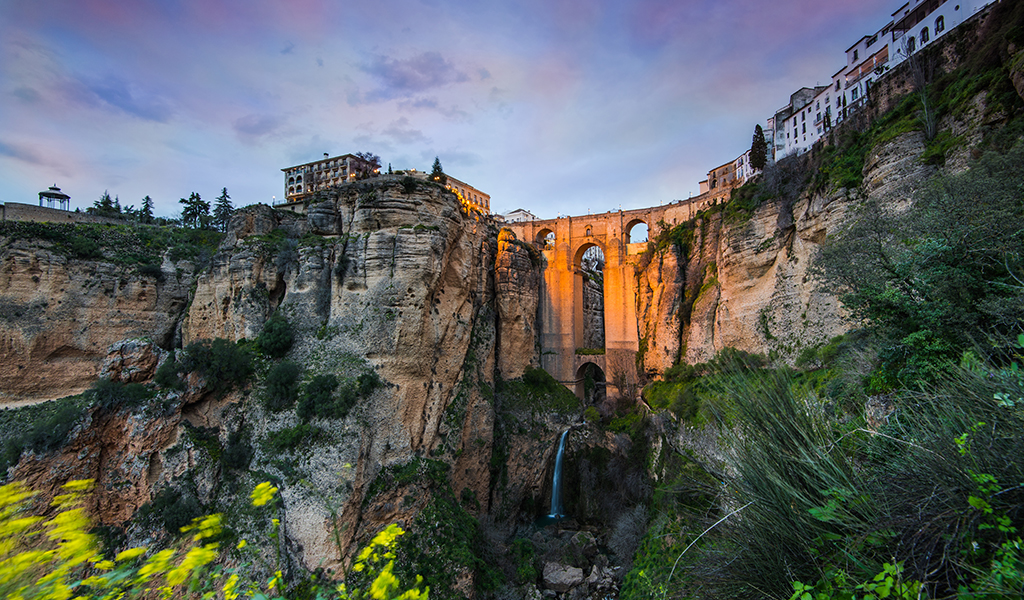
Public transportation
Much like other parts of Europe, Spain has a robust public transportation network to connect its major cities throughout the country. Hop on a modern metro, use a speed rail or get yourself a multi-journey ticket.
Metros are underground railway systems and you’ll find them in major cities like Madrid, Barcelona, Bilbao, Malaga, Seville and Valencia, mentions Expatica, a site for expats around the world looking to turn their new country into their home. Ticket and pass prices vary – check Expatica’s comprehensive guide for details.
Culture Trip recommends hopping on a long-distance bus (some even come with individual televisions on the seat backs). Book in advance with companies like ALSA to get the best prices.
You can also buy a weekly travel card pass to save a significant amount of dollars. Bonus: No need to search your pockets for change when you take the metro or bus.
One of the most popular car sharing companies in Spain is BlaBlaCar – a big hit with locals and affordable. Prices for Madrid to Barcelona averaged around €30 (about 46 CDN) at the time of this writing.
Another quick and convenient option in Barcelona and other cities is to take the tram (El Tram). It’s a good idea to buy a T10 Integration ticket (€10.20) for the metro, bus and trams, which will allow you to take 10 trips on either system and can be purchased for various zones. If you’re sticking to Barcelona, get yourself a ticket for that city, or the Barcelona Card. Of course, you can also purchase a single ticket (€2.20) from ticket machines at each stop. The T10 can also be purchased at ticket machines as well as metro stations and tobacco shops (tabacs), says barcelona-tourist-guide.com.
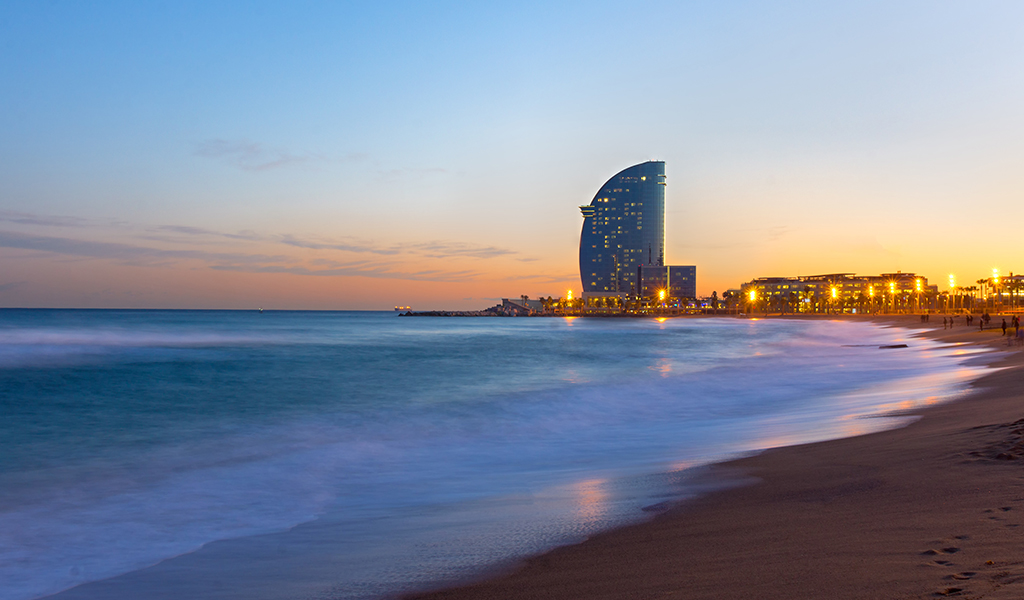
Where to eat
The city of Seville has countless tapas bars, but there are some you should avoid for their tourist trap reputations – specifically the ones with photos of dishes pasted near the front door, or any with a large menu translated into English and other languages. Conversely, travel blogger Ben Holbrook, who writes Driftwood Journals, says he tends to go for the “dingiest, diviest looking places,” specifically recommending Bar Julio, often overlooked by tourists since it has “no menu, no sign, no English and, typically, no customer service.”
Of course, there’s no better way to live like a Spaniard than to visit a local food market, and Spain has them in droves. Madrid Food Tour recommends visiting first thing in the morning, as stalls close for lunch and asking for the best fruit of the day depending on the season.
Tip: To order at a food market stall, take a numbered ticket and order product in kilos (1 kilo = about 2.2 pounds). Be respectful – don’t touch the products or take pictures without asking, but do buy something. – Madrid Food Tour After you’re done shopping, stick around, enjoy a beer and do some people-watching.
Food Markets
As for which markets to visit specifically, The Lemon Tree has a great list of must-visit food markets in Madrid, including Mercado de San Miguel, which sells everything from fresh fruit to sangrias and homemade sweets in a historic glass building, and Mercado de Ildefonso, a hip, modern and chic foodie paradise that features and annual summer street food festival, serving the best of international cuisine.
In Santiago de Compostela, try Abastos market for the incredible seafood. Bilbao’s Mercado de la Ribera is the largest indoor market in Europe and a beautiful place to explore. Pick up fresh meats, fish cheeses and produce. See The Culture Trip’s list of the 10 best food markets in Spain.
On another day, visit Sant Antoni, a food lover’s district in Barcelona. Once home to the working class during the Industrial Revolution, it now boasts a laid-back atmosphere and an amazing range of restaurants showcasing the best of Catalan gastronomy, notes Barcelona Eat Local, a food tour travel blog.
Head to Barna Brew, a craft beer brew pub for delicious suds and dishes (note: did you know there’s a craft brewing revolution happening in Barcelona? Don’t miss out – kick back with some of the city’s best craft beers), or Ca l´Isidre, a family restaurant combining traditional Mediterranean with farm to fork cuisine. Pepa Tomate Parlament and Jonny Aldana are both great places for tapas (bonus: Jonna Aldana’s menu is vegetarian and vegan-friendly). Barcelona Eat Local has a few more solid recommendations, too.
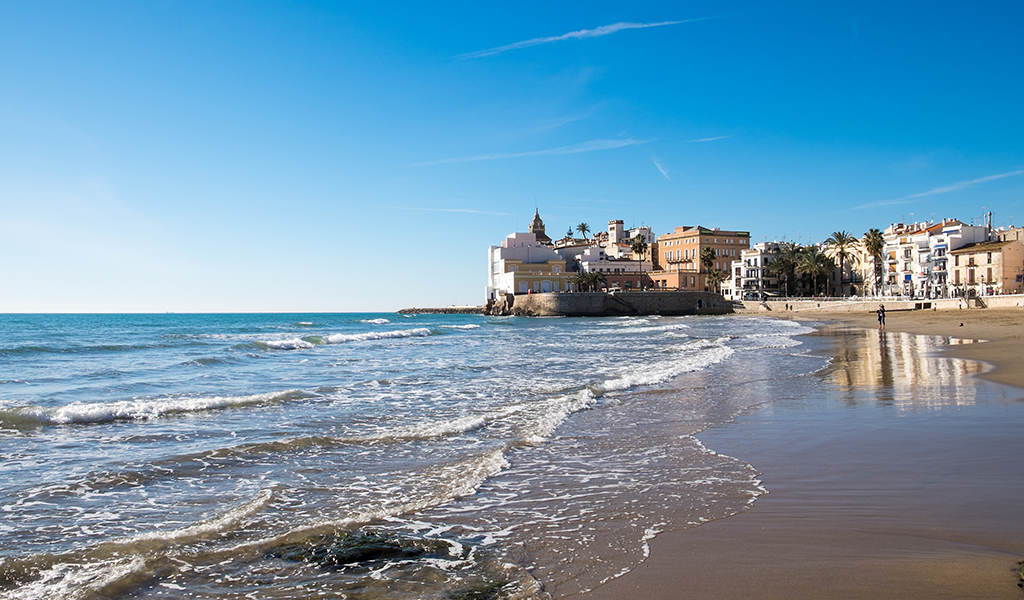
What to do
Spend a weekend in Barcelona
You really need at least a couple of days, ideally more, to discover this mecca of art, architecture and food. From Musee Picasso (the Picasso museum devoted to the famous Spanish painter) to La Sagrada Familia (a renowned an enormous cathedral) to strolling the beach at Passeig de Colom in Port Vell to take in a beautiful sunset, you’ll immerse yourself in the city’s beauty. Short Holidays and Getaways has a few fantastic ideas for how to spend a weekend in Barcelona.
Experience the San Fermín Festival and Running of the Bulls in Pamploma
Looking for an adrenaline rush? The Blonde Abroad raves about the Running of the Bulls (Encierro) during the San Fermín Festival in Spain in July. The Running of the Bulls takes place on the second day of Spain’s largest festival, which includes nine days of festivities.
That day, get to the main street early (around 7 a.m. to be safe). You can watch from a (safe!) bird’s eye view for a great first experience. The rush you’ll get lasts much longer than the run itself, which only spans four or five minutes.
See some of the best fireworks displays anywhere every night during the festival at 11 p.m., when the entire sky above the ancient Citadel of Pamploma is lit up for almost 30 minutes.
Explore Grenada
The country is famous for its ancient history and architecture and Granada is no different. Nomadic Matt notes the city is still heavily influenced by its Moorish Roots (it dates back to the Moors and Romans thousands of years ago). Here you’ll find an astounding array of museums, monuments and statues worth exploring. He also recommends taking a bike ride along the scenic countryside of the outskirts.
Don’t forget to tell us about your experience! Have you ever traveled to Spain, or are you planning to book a trip? What are your best tips when it comes to saving for vacations? We’d love to hear what you’ve planned, or any tips we’ve missed. Share your story in the comments and tell us what destinations are on your wish list. Our team love saving for holidays and we hope to inspire our members with exciting suggestions to spend your Caddle money.
